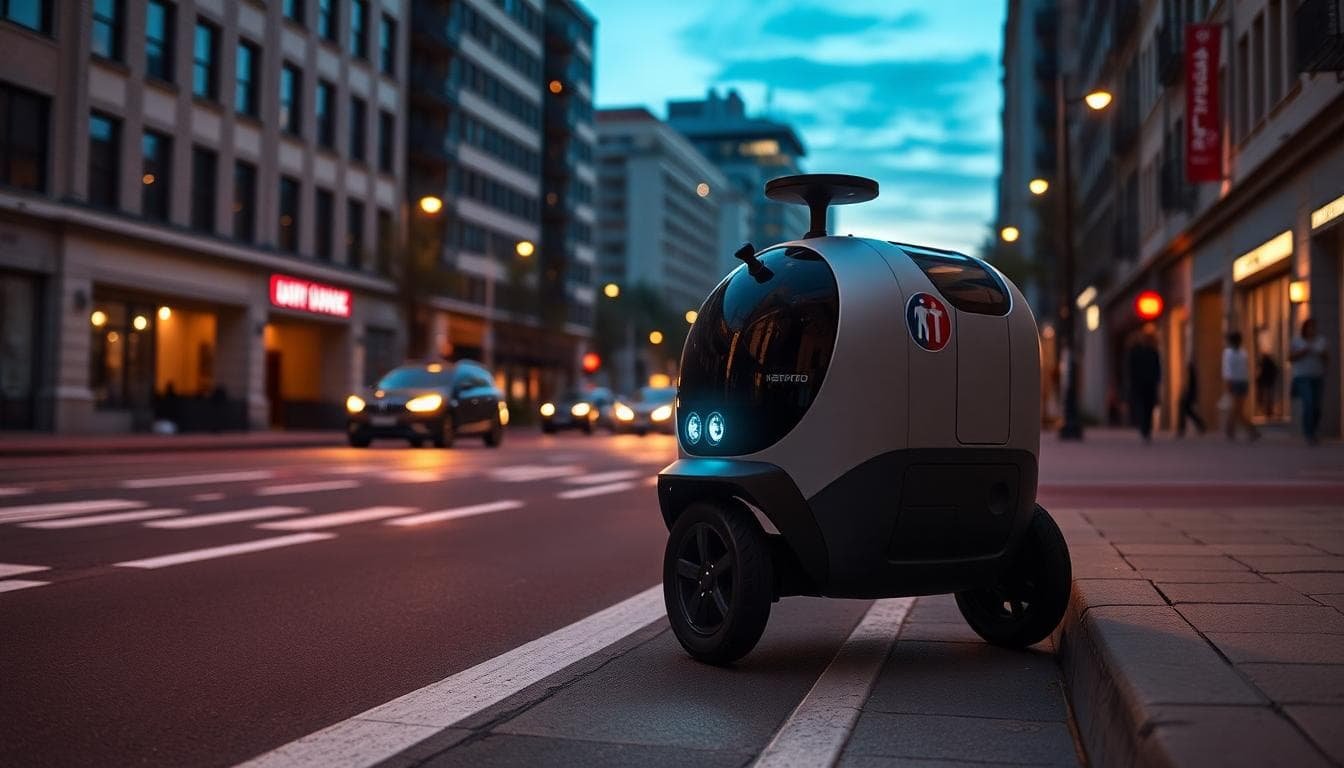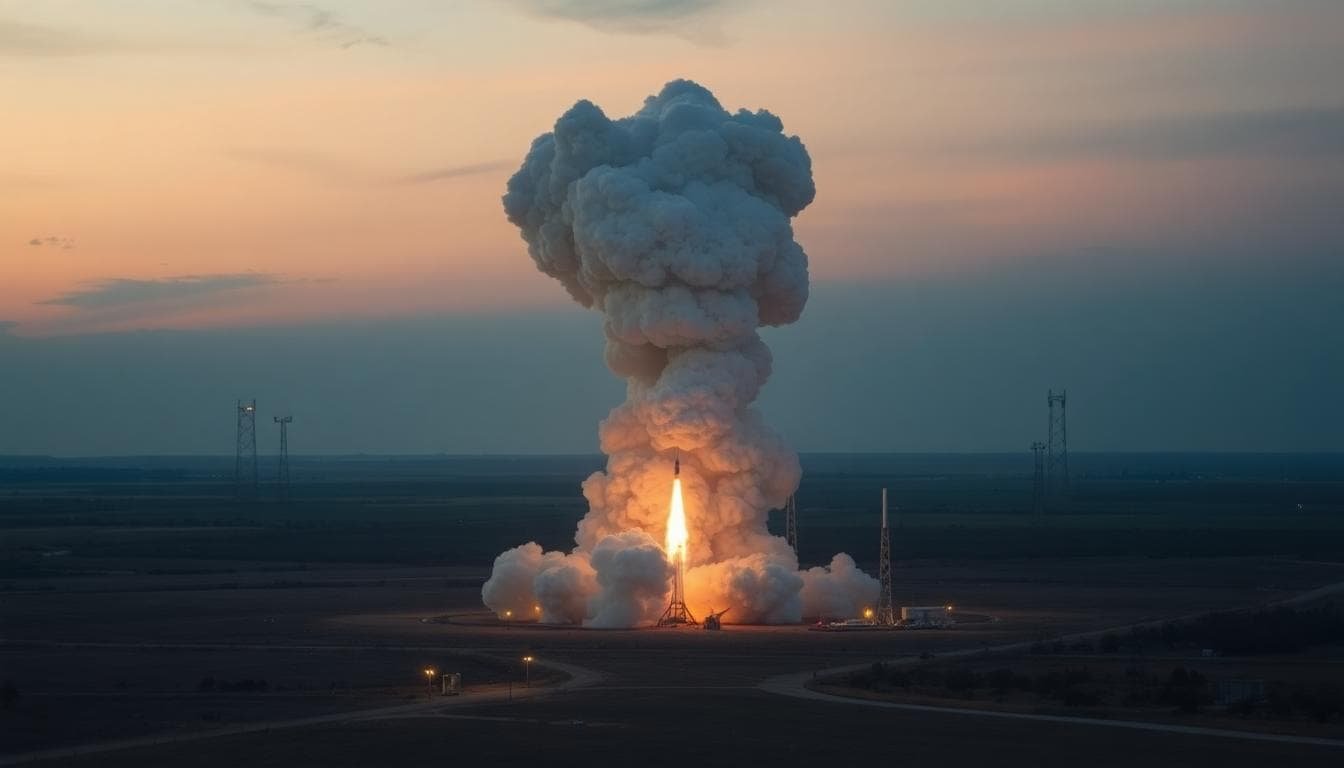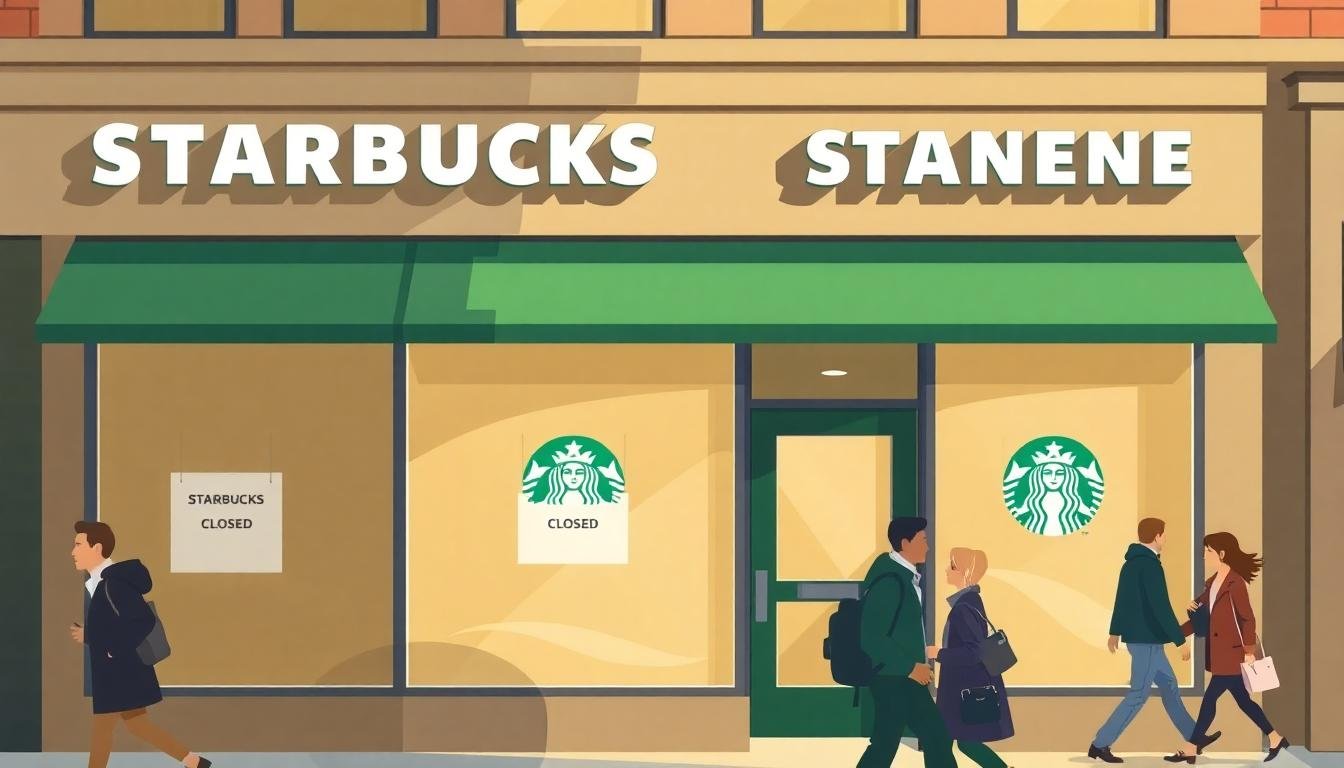DoorDash is rolling a new delivery robot into the real world. It is called Dot, and it is built to move on roads, bike lanes, and sidewalks. The pilot has started in metro Phoenix. Dot is almost 5 feet tall, runs on electric power, has a swappable battery, and can operate up to six hours per charge. It carries up to 30 pounds, which covers a stack of pizzas, a big Thai order, or a small grocery run.
Key points
- Dot is DoorDash’s new delivery robot, now testing in metro Phoenix.
- Top speed up to 20 mph; designed for roads, bike lanes, and sidewalks.
- Capacity up to 30 pounds; electric with a swappable battery and 6-hour runtime.
- Part of DoorDash’s hybrid approach with humans, drones, and autonomous vehicles.
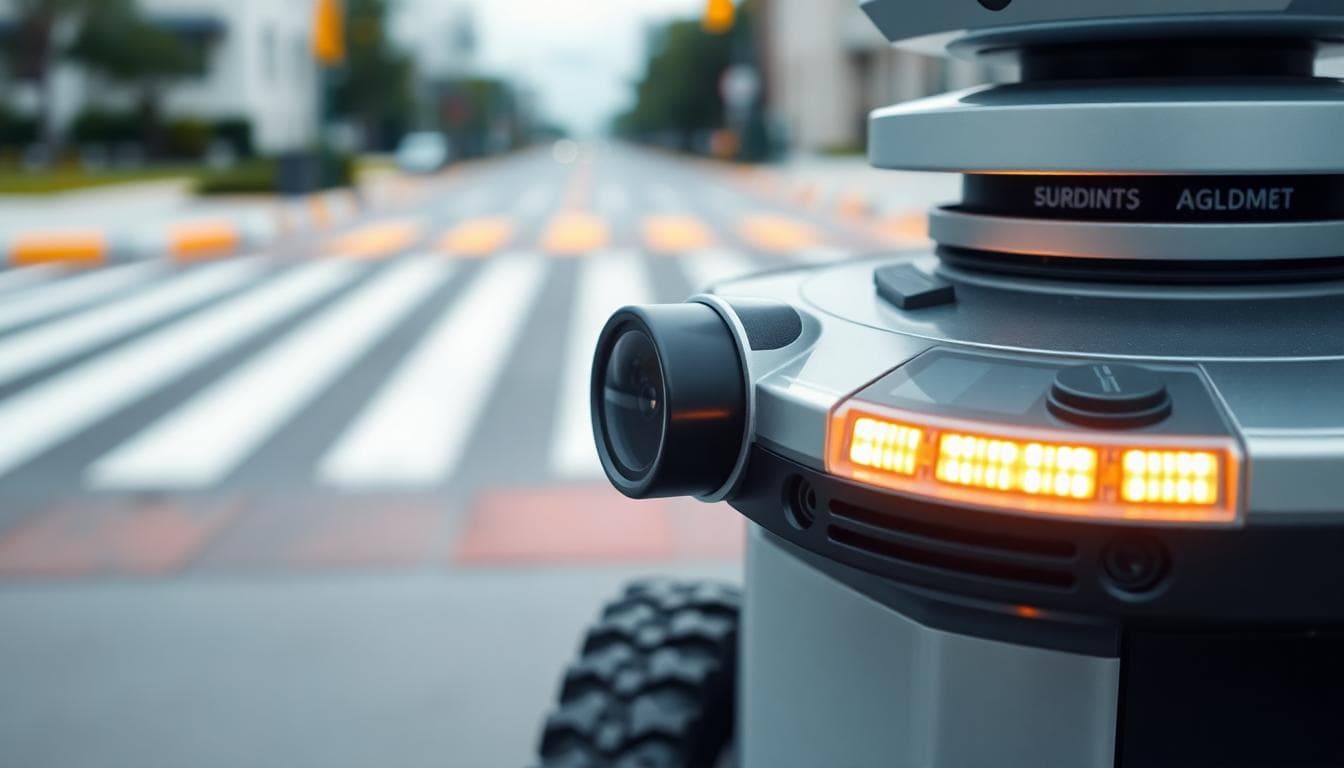
What Dot is built to do
DoorDash showed Dot at an event in San Francisco. The robot is packed with cameras and sensors to watch traffic, cyclists, and pedestrians. It needs to handle curbs, parking lots, crosswalks, and loading areas. The company says Dot can move up to 20 mph, though real speeds will vary by street rules and safety limits.
Dot fits into DoorDash’s larger plan. The company calls this a hybrid model. Human Dashers will keep delivering. Drones and robots will take share where they make sense. DoorDash also introduced an Autonomous Delivery Platform. It routes orders between humans, drones, and robots. The goal is faster delivery, lower cost, and coverage in more places.
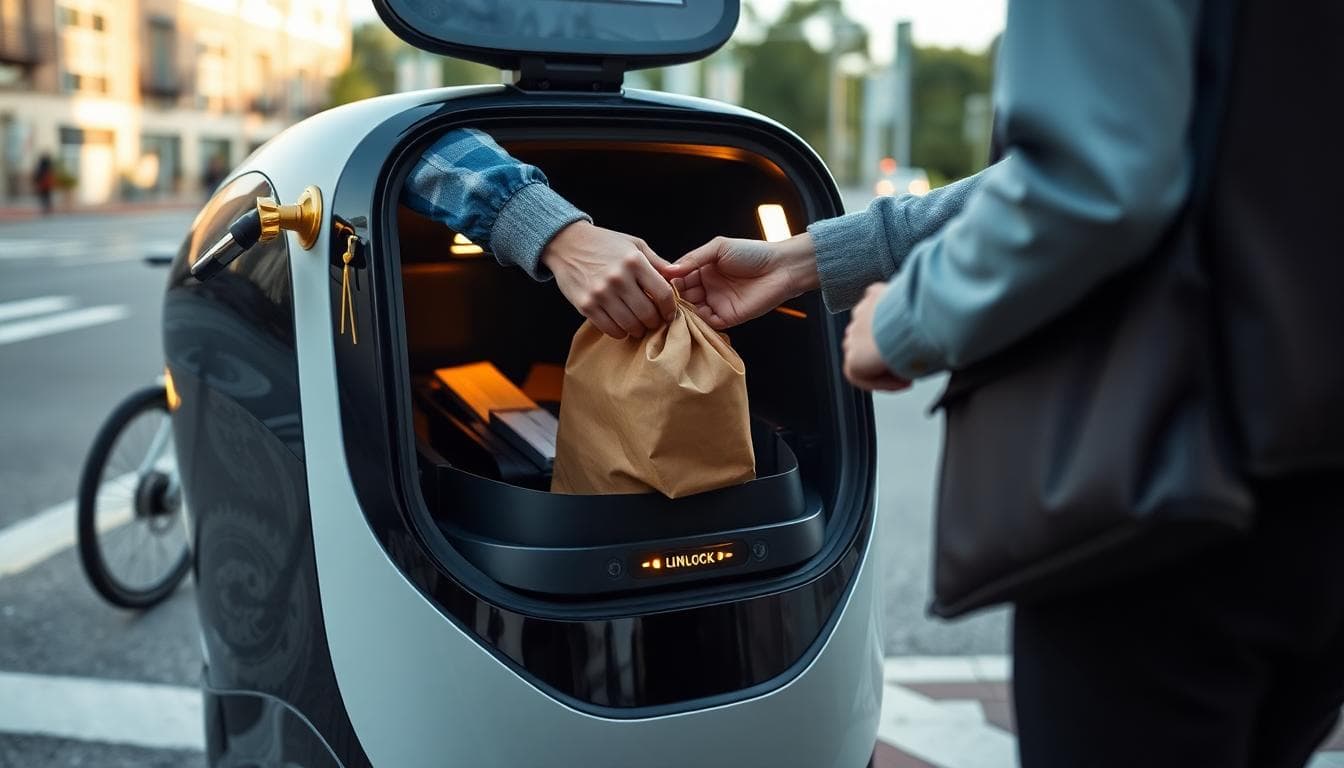
Why this push matters
App-based delivery needs scale and thin margins. Autonomy can help on both. Labor is costly and complex to manage. Robots can run longer, avoid breaks, and handle short, repeatable routes. But autonomy has to be safe, reliable, and accepted by cities and customers. That is why DoorDash is rolling out in pilots first, then learning and expanding.
Recent history shows how hard this is. Big firms tried delivery robots and paused or quit. Amazon ended its Scout project. FedEx shelved its Roxo. Other companies shifted to software or industrial robotics. The firms still active have focused on small, controlled areas. College campuses are a common choice because paths are wide and traffic is predictable.
The challenges Dot must solve
- Mixed environments. Dot must shift between sidewalks, bike lanes, and roads. Each has different rules, speeds, and hazards. Curbs, uneven pavement, and parked cars add risk.
- Loading and unloading. The robot has to find the right address, stop in a safe place, and unlock the cargo bay at the right moment. It also needs to prevent theft or tampering.
- Weather and night operations. Rain, glare, low light, and debris all affect sensors. The system needs redundancy and remote oversight for edge cases.
- City rules and community trust. Sidewalk and lane use varies by city. Robots must not block ramps or create hazards. Clear lighting, signals, and sound cues can help.
- Unit economics. Hardware, compute, maintenance, and recovery cost money. Routes, batching, and uptime must balance the books.
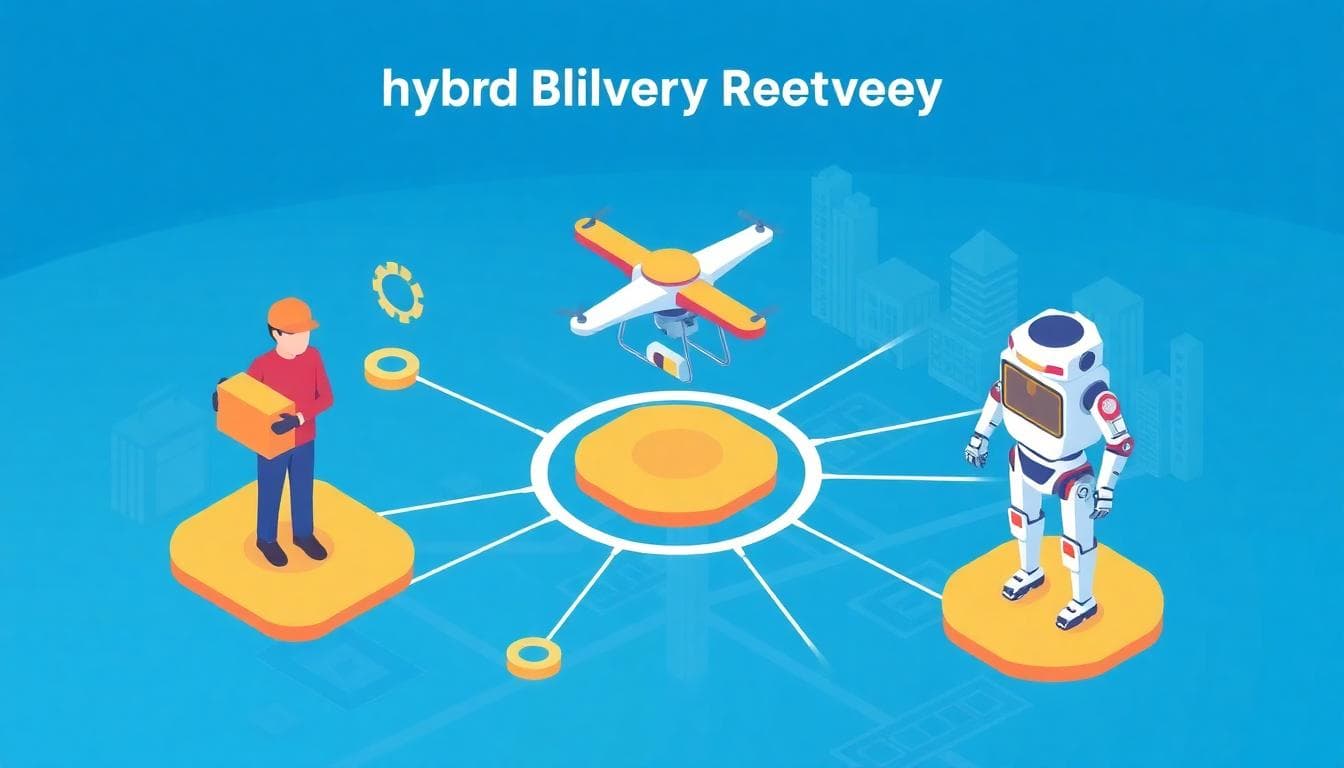
How DoorDash could make it work
DoorDash has core strengths: order density, routing software, and a large network of merchants and customers. If the platform can pick in real time whether a human, a drone, or a robot is best for each job, it can shave minutes and costs. Short trips with simple routes may be perfect for Dot. The robot could also handle off-peak runs or late-night orders when streets are calmer.
Data will drive decisions. DoorDash can test neighborhoods, measure drop success, and adjust. The company can set speed caps, define no-go zones, and refine crossings. It can also sync arrivals with customers, so the handoff is quick and secure. Over time, small gains add up to better service and margins.
What to watch next
- Pilot results in Phoenix. Track on-time rates, customer ratings, and cost per trip. Expansion to new areas will hint at positive metrics.
- Safety and compliance. Cities may set new guidelines for sidewalk robots. Expect geofencing, speed limits, and parking rules to shape routes.
- Customer experience. The handoff flow matters. Clear notifications, easy unlock steps, and reliable arrival windows will build trust.
- Integration with stores. Partner restaurants and grocers may adjust packaging and pickup areas to speed robot loading.
- Fleet scale and uptime. Swappable batteries help, but maintenance and recovery keep Dot on the road.
Dot shows DoorDash is serious about autonomy, but it is taking a steady, blended approach. Robots will not replace human Dashers overnight. They will slot into routes where they make sense, backed by data and software. If pilots prove safe and efficient, you will see more Dots in more cities. For now, Phoenix is the test bed, and the results there will shape what comes next.
To contact us click Here .
